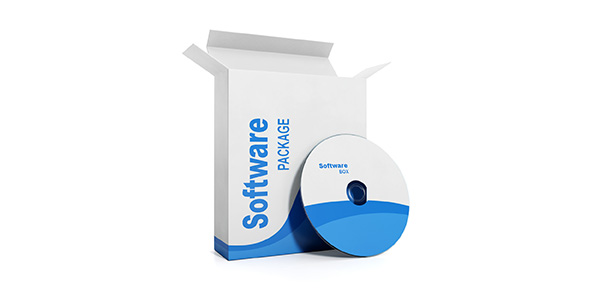Related Flashcards
Related Topics
Cards In This Set
| Front | Back |
|
In a Positive Material Identification program, a material non-conformance is a test result that:
|
3.8 material nonconformance:
Is not consistent with the specified alloy.
|
|
What is the remaining life of a piping system with a short-term corrosion rate of 0.010 in/yr (0.25 mm/yr) and a long-term corrosion rate of 0.005 in/yr (0.13 mm/yr)? A minimum required thickness of 0.150" (3.8 mm), a remaining thickness of 0.210" (5.3 mm), and an original thickness of 0.270" (6.8 mm).
|
7.1.1 Long-term and short-term corrosion rates should be compared to see which results in the shortest remaining life as part of the data assessment.
|
|
How do you evaluate the effects of fire damage on a piping system?
|
7.4 Utilizing API 579 Fitness-for-Service
|
|
The remaining life of a piping system shall be calculated with what formula?
|
7.1.1 T actual - T minimum / corrosion rate
|
|
The owner-user shall specify industry qualified UT Shear Wave Examiners when:
|
570 5.10 Trying to detect and size flaws for Fitness-for-Service evaluation.
|
|
What is the level of examination in a Material Verification program?
|
578 3.5 level of examination:
The specified percentage of the number of components to be examined.
|
|
Substituting appropriate NDE procedures for a pressure test after a repair may only be done after:
|
570 8.2.6 Pressure Testing
Consultation with the inspector and the piping engineer.
|
|
API RP 579 provides procedures for:
|
570 5.3.11
API RP 579, Section 3 provides procedures for the assessment
of equipment for resistance to brittle fracture.
|
|
When positive material identification (PMI) testing is required, portable X-ray fluorescence spectrometer:
|
578 5.2.1 Portable X-ray Fluorescence
cannot be used to detect elements lighter than sulfur (S).
|
|
Piping system corrosion rates shall be calculated on:
|
7.1.1 Either a short-term or long-term basis
|
|
API 578, Material Verification program for new and existing alloy piping systems covers:
|
4.2.5 Components Covered in a Material
Verification ProgramProcess valves (including control valves) and relief valves.
|
|
A piping system with a high potential consequence of failure has a corrosion rate of 10 MPY, 0.010 in/yr (0.25 mm/yr), a retirement thickness of .350" (8.9 mm), a required thickness of .250 (6.4 mm), and an actual thickness today of .500" (12.7 mm). What is the remaining life?
|
7.1.1 Remaining Life Calculations
|
|
Piping components identified by PMI as not meeting the original piping specifications:
|
570 5.8
Would be targeted for replacement.
|




